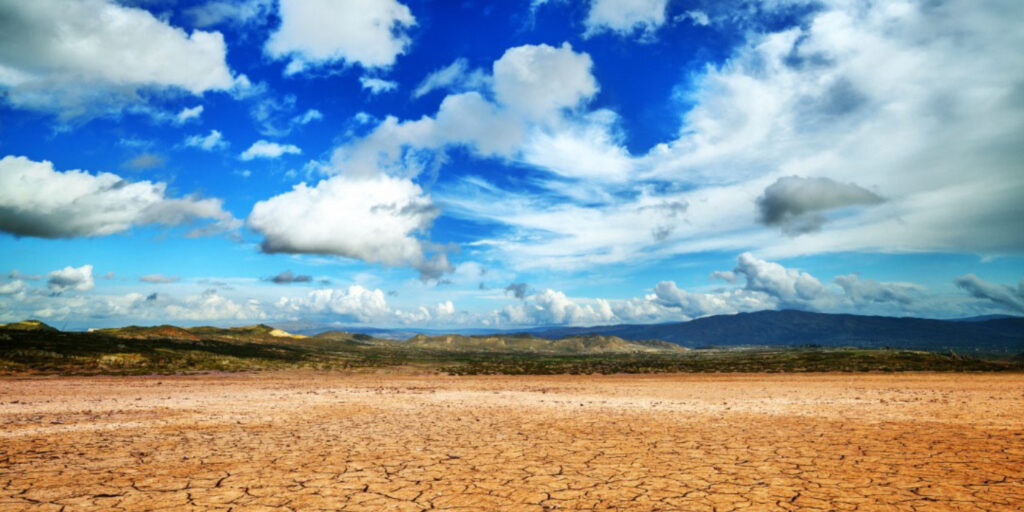Legionella bacteria are more prevalent during warmer months, typically between late spring and early fall. The warmer temperatures create an ideal environment for Legionella growth and proliferation. Legionella bacteria thrive in stagnant or low-flowing water that has a temperature range of 20-45°C (68-113°F). Warmer weather allows water to reach and maintain this temperature range, especially in stagnant areas like water storage tanks, cooling towers, hot tubs, or other water systems. Additionally, increased outdoor activities during summer, such as the use of decorative fountains or misting systems, can also contribute to the spread of Legionella bacteria if not properly maintained and treated.
Several factors contribute to the growth of Legionella bacteria, and understanding these factors is crucial for preventing and controlling Legionella-related infections, such as Legionnaires’ disease. Here are some environmental factors that support the growth of Legionella:
- Temperature: Legionella bacteria thrive in warm water environments. The optimal temperature range for Legionella growth is between 20°C (68°F) and 45°C (113°F). The bacteria can survive at lower temperatures but grow most rapidly within this range.
- Water stagnation: Stagnant water provides an ideal breeding ground for Legionella. Water systems that have low or no flow, such as unused plumbing lines, dead legs, or infrequently used fixtures, can promote the growth of bacteria. Stagnant water allows the accumulation of nutrients and creates conditions suitable for Legionella colonization.
- Nutrient availability: Legionella requires certain nutrients to grow and multiply. Organic matter, such as biofilms, sediment, algae, and other microorganisms, can provide a food source for Legionella bacteria. Biofilms are slimy layers that develop on surfaces in water systems and can protect the bacteria from disinfection measures.
- pH levels: Legionella bacteria prefer a slightly acidic to neutral pH range. pH values between 6.0 and 8.5 are considered optimal for their growth. Extremes of pH, either too acidic or too alkaline, can inhibit Legionella growth to some extent.
- Presence of protozoa: Legionella bacteria are known to infect and multiply within certain amoebae and other protozoa. These protozoa can serve as hosts and protect the bacteria from harsh environmental conditions, including disinfection measures. The presence of protozoa in water systems can, therefore, facilitate the growth and survival of Legionella.
- Dissolved oxygen: Legionella bacteria prefer environments with low levels of dissolved oxygen. Stagnant water and biofilms can create conditions of reduced oxygen availability, which can favor Legionella growth.
- Water quality and chemistry: Various water quality parameters, such as hardness, alkalinity, and dissolved mineral content, can influence the growth of Legionella. Water systems with high mineral content, such as calcium and magnesium, can provide favorable conditions for biofilm formation, which in turn supports Legionella growth.
It’s important to note that the presence of Legionella bacteria alone does not guarantee the occurrence of Legionnaires’ disease. The bacteria must be aerosolized, allowing them to be inhaled by humans. Nonetheless, understanding and addressing these environmental factors can help in implementing effective preventive measures and control strategies to minimize the risk of Legionella growth and subsequent infections.




